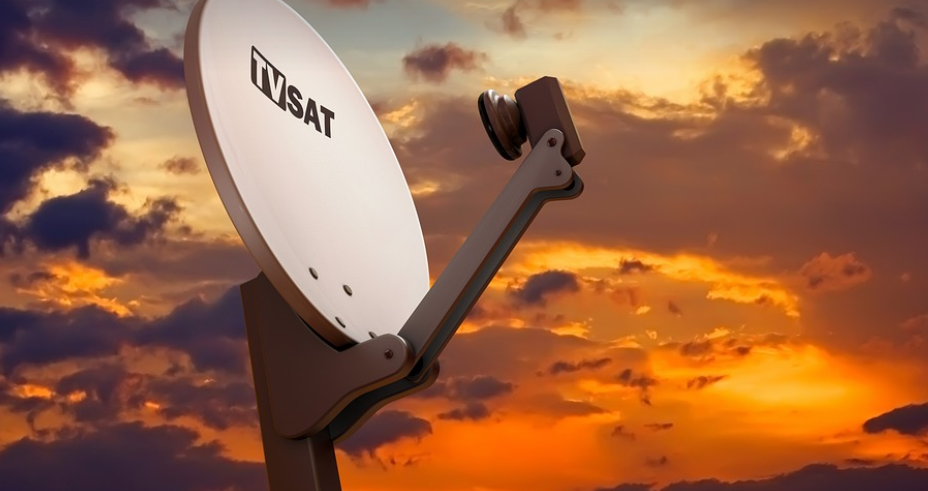Understanding the Importance of Proper Maintenance
Ah, the sweet sound of a smooth-shifting transmission. It’s a symphony of mechanical precision that allows your vehicle to navigate diverse terrain and conditions with ease. But what happens when this delicate dance is interrupted by an oil leak? Suddenly, that peace of mind takes a hit as you’re faced with potential repair costs and a little bit of automotive anxiety.
The reality is that transmission oil leaks are a common occurrence, often stemming from wear and tear over time. This essential fluid lubricates moving parts, cools the system down, and removes heat from your transmission. It’s crucial for its reliable operation, so addressing any leak promptly can prevent more serious issues in the long run.
Transmission oil is known to be quite resistant to degradation, but it’s not invincible. Over time, components like seals, gaskets, and even the transmission itself might wear down, leading to leaks. These leaks can range from a mere drip to a gushing torrent, each requiring different approaches for repair.
Early detection is key! Ignoring even minor oil leaks can lead to more significant damage, potentially resulting in costly repairs down the line. If you’re noticing any unusual drips or sludges underneath your vehicle, it’s always best to get an expert opinion – a quick check-up can prevent bigger problems.
Common Causes of Transmission Oil Leaks
Transmission oil leaks can arise from several sources:
* **Damaged Seals:** These rubber or metal seals are responsible for keeping the transmission fluid in and preventing it from escaping. Over time, these seals can wear out due to extreme temperatures, pressure fluctuations, or even just normal wear and tear.
* **Worn Gaskets:** Gaskets, often used around the drain plug and other critical points of the transmission system, play a crucial role in sealing its components. A damaged gasket can easily allow transmission fluid to escape.
* **Loose Connections**: It’s not just seals and gaskets that matter; even connections like the transmission pan bolts can become loose over time. These loose bolts can eventually leak oil, leading to a noticeable drop in fluid levels.
* **Cracked Transmission:** In some rare instances, cracks or damage to the transmission itself could be the culprit behind an oil leak. This may arise from impacts or severe wear and tear that compromises its integrity.
Diagnosing & Repairing a Transmission Oil Leak
The first step in repairing a transmission oil leak is proper diagnosis. You can do some basic checks yourself:
* **Visual Inspection:** Look for obvious signs of leaks around the transmission pan, drain plug, and any other points where fluid could be escaping. A slight discoloration on your undercarriage might indicate a leak.
* **Smell:** If you notice a faint odor of burnt or burning oil nearby, your transmission system may need immediate attention.
* **Feel for Drains:** You can also feel around the pan bolts and other points where leaks are likely to occur to see if there’s any unusual dampness.
Once you’ve identified the leak’s source, it’s time for repair. Here’s a general overview of common repair methods:
* **Replacing Seals & Gaskets:** The most straightforward solution is often replacing the faulty seals or gaskets. This usually involves removing the affected components and installing new ones; simple yet effective.
* **Tightening Connections:** In some cases, simply tightening loose bolts can resolve the leak. This method requires a bit of expertise to ensure all connections are secure without damaging any surrounding components.
* **Pan Replacement:** For severe leaks or damaged pans, replacement might be necessary. A complete pan replacement should only be done by seasoned mechanics; it’s best to seek professional help for this kind of repair.
* **Transmission Repair:** As a last resort, if the leak originates from internal transmission components like seals and gaskets, you may have a more complex repair process. It’s crucial to consult with an experienced mechanic who can assess the extent of the damage and suggest the most appropriate course of action.
Prevention is Key: The Long-Term Strategy
While not all leaks are avoidable, there are specific measures you can take to prevent them in the future. Here’s your playbook for lasting protection:
* **Regular Maintenance:** Don’t underestimate the power of a well-maintained transmission. Regular oil changes, filter replacements, and fluid checks can go a long way in preventing premature wear and tear.
* **Proper Driving Habits:** Avoid rapid acceleration and hard braking to minimize strain on your transmission. This simple change can significantly extend the life of your transmission.
* **Avoid Overloading:** Always ensure that you’re not exceeding the recommended load capacity for your vehicle. Overloading puts unnecessary stress on your transmission, potentially leading to leaks or damage in the long run.
* **Check Fluid Levels Regularly:** Don’t let yourself be caught off guard; regularly check the fluid levels in your transmission – an easy habit can prevent a major leak down the line.
By taking these preventative measures, you can ensure that your transmission continues to perform smoothly and efficiently for years to come. Remember, addressing leaks early on is better than waiting until they escalate into larger problems. It’s all about proactive maintenance!



